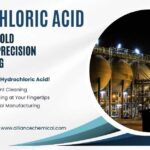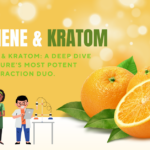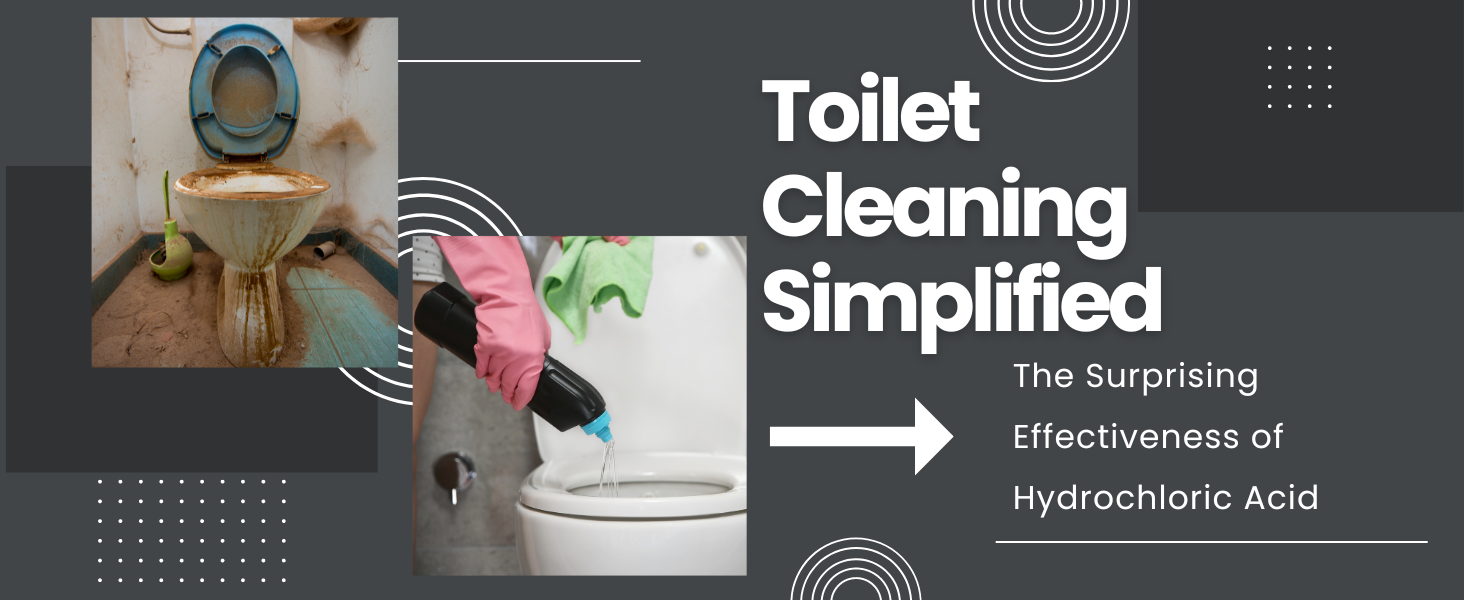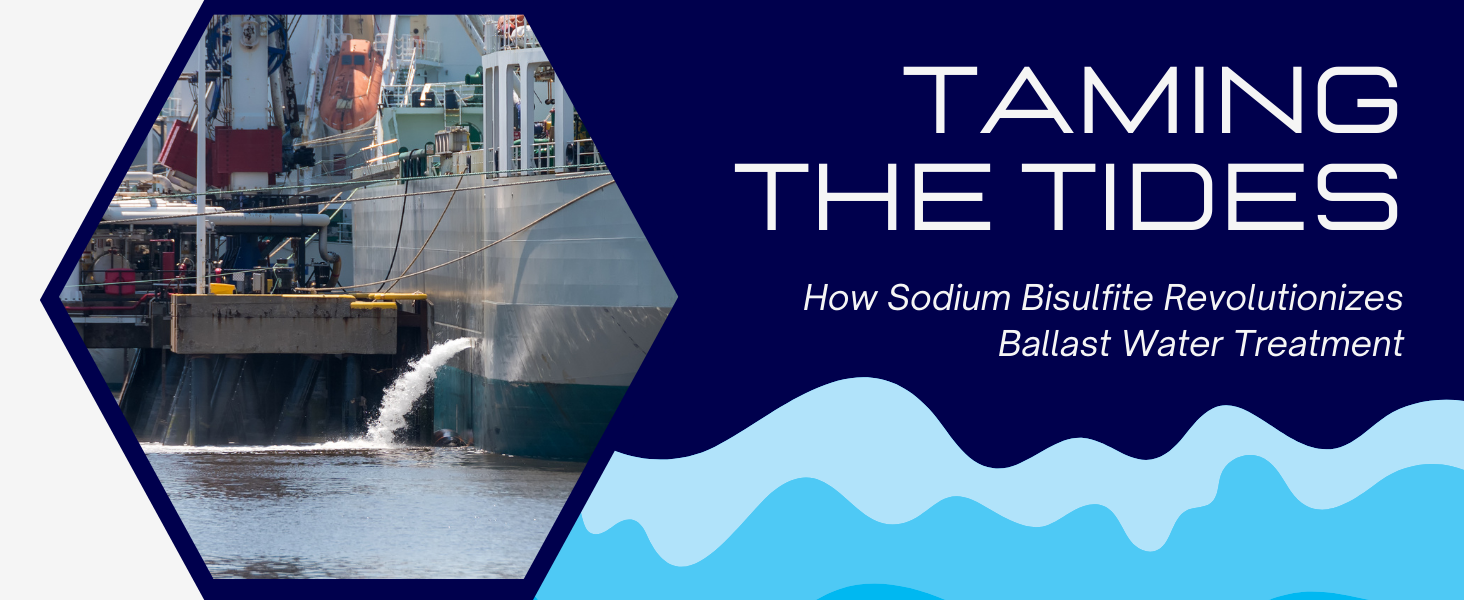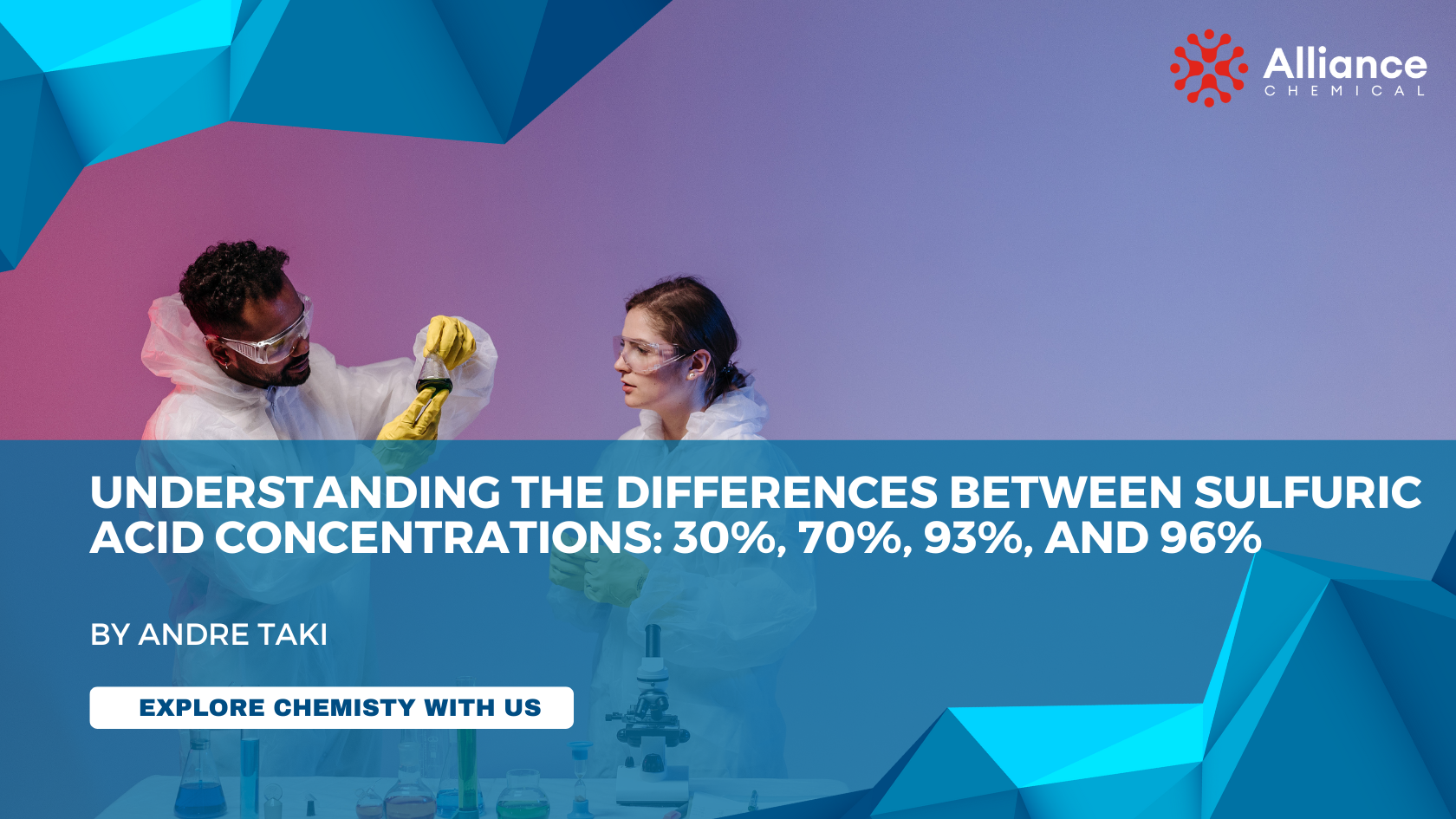
Understanding the Differences Between Sulfuric Acid Concentrations: 30%, 70%, 93%, and 96%
Sulfuric acid is an important and widely used chemical in various industries, including manufacturing, agriculture, and pharmaceuticals. It is available in different concentrations, with each concentration having specific applications and properties. In this article, we’ll discuss the differences between 30%, 70%, 93%, and 96% sulfuric acid concentrations, their uses, and safety precautions.
1. Sulfuric Acid 30%
30% sulfuric acid is a dilute solution that contains 30% sulfuric acid by weight and 70% water. It is a relatively weak acid and is used in various applications where a milder concentration is needed.
Applications
- Battery electrolyte: Used in lead-acid batteries, where it serves as an electrolyte to conduct electricity.
- Water treatment: Utilized to adjust pH levels and remove impurities in water.
- Cleaning agents: Incorporated in certain cleaning products to remove rust, scale, and mineral deposits.
2. Sulfuric Acid 70%
70% sulfuric acid is a more concentrated solution than 30% sulfuric acid, making it stronger and more aggressive. It is commonly used in industrial applications.
Applications
- Fertilizer production: A key ingredient in the production of phosphate fertilizers.
- Mineral processing: Used in the extraction of metals from ores.
- Chemical synthesis: Employed as a reactant in various chemical reactions, such as the production of detergents, dyes, and pigments.
3. Sulfuric Acid 93%
93% sulfuric acid is a highly concentrated solution that is often used in industrial applications where a strong acid is required.
Applications
- Oil refining: Used in the alkylation process to produce high-octane gasoline.
- Pulp and paper industry: Employed in the production of paper, specifically in the process of removing lignin from cellulose fibers.
- Metal processing: Utilized for pickling and cleaning metals, such as steel and iron, to remove oxide layers before further processing.
4. Sulfuric Acid 96%
96% sulfuric acid is one of the most concentrated forms of sulfuric acid available. It is a powerful, highly corrosive acid that requires careful handling and storage.
Applications
- Chemical synthesis: Used in the production of various chemicals, including sulfates, sulfonates, and other organic compounds.
- Laboratory reagent: Employed as a strong acid in various laboratory reactions and analyses.
- Catalyst: Acts as a catalyst in certain industrial processes, such as esterification and nitration.
-
 Sulfuric Acid 30%$33.00 – $4,320.00
Sulfuric Acid 30%$33.00 – $4,320.00 -
 Sulfuric Acid 70%$35.00 – $4,860.00
Sulfuric Acid 70%$35.00 – $4,860.00 -
 Sulfuric Acid 93% Technical Grade$38.00 – $6,075.00
Sulfuric Acid 93% Technical Grade$38.00 – $6,075.00 -
 Sulfuric Acid 96% ACS Grade$39.50 – $8,900.00
Sulfuric Acid 96% ACS Grade$39.50 – $8,900.00
Comparing Sulfuric Acid to Other Acids
In addition to sulfuric acid, other common acids used in various industries include hydrochloric acid and nitric acid. Understanding their unique properties and applications can help you make informed decisions about which acid is best suited for your needs.
Hydrochloric Acid
Hydrochloric acid is a strong, corrosive acid that is commonly used in a wide range of applications, such as:
- Metal pickling: Similar to sulfuric acid, hydrochloric acid is used to clean metal surfaces before further processing.
- pH adjustment: Employed in various industries to control the pH levels of solutions and mixtures.
- Production of inorganic compounds: Used in the synthesis of important chemicals, such as chlorides, chlorinated compounds, and fertilizers.
Nitric Acid
Nitric acid is another strong acid with distinct properties and uses, including:
- Fertilizer production: A key ingredient in the production of nitrogen-based fertilizers, such as ammonium nitrate.
- Explosives manufacturing: Used in the synthesis of explosives, such as nitroglycerin and TNT.
- Metal etching and cleaning: Employed in the etching and cleaning of metals, particularly in the electronics and semiconductor industries.
-
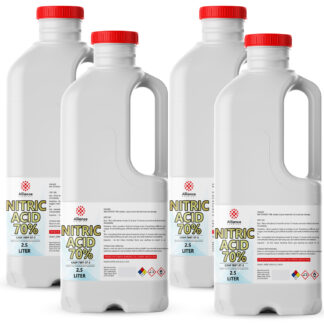 Nitric Acid 70% ACS Grade – Low Particle$89.00 – $12,300.00
Nitric Acid 70% ACS Grade – Low Particle$89.00 – $12,300.00 -
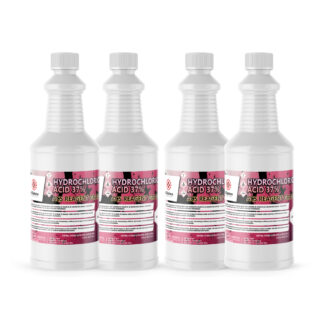 Hydrochloric Acid 37% ACS Reagent Grade$28.00 – $7,290.00
Hydrochloric Acid 37% ACS Reagent Grade$28.00 – $7,290.00 -
 Hydrochloric Acid 31% Technical Grade$22.00 – $5,022.00
Hydrochloric Acid 31% Technical Grade$22.00 – $5,022.00
Safety Precautions
When handling sulfuric acid or any other strong acids, it is crucial to follow safety guidelines to prevent accidents and injuries. Some key precautions include:
- Wear appropriate personal protective equipment (PPE), such as gloves, goggles, and chemical-resistant clothing.
- Work in a well-ventilated area to avoid inhaling harmful vapors.
- Store acids in appropriate containers, away from incompatible substances.
- In case of skin or eye contact, rinse immediately with plenty of water and seek medical attention.
Conclusion
Sulfuric acid is available in various concentrations, each with its own unique properties and applications. Understanding the differences between these concentrations can help you choose the right acid for your needs, whether it’s a milder solution like 30% sulfuric acid or a highly concentrated form like 96% sulfuric acid. Additionally, comparing sulfuric acid to other common acids, such as hydrochloric acid and nitric acid, can provide insight into their unique uses and properties in various industries. Always remember to follow safety guidelines when handling these powerful chemicals.
-
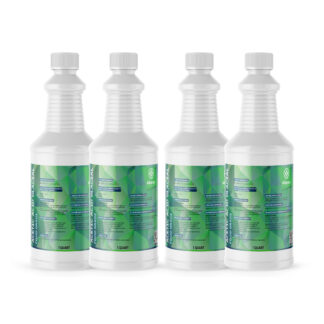 Acetic Acid Glacial – Food Grade$28.00 – $8,500.00
Acetic Acid Glacial – Food Grade$28.00 – $8,500.00 -
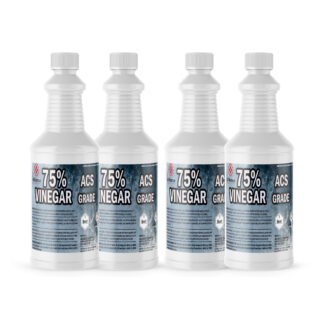 Vinegar 75% ACS Grade$32.00 – $3,850.00
Vinegar 75% ACS Grade$32.00 – $3,850.00 -
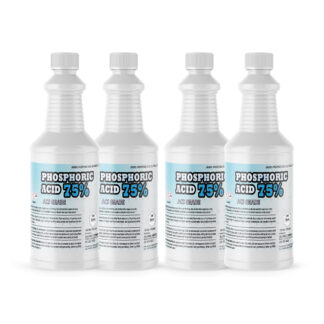 Phosphoric Acid 75 ACS Grade$32.00 – $11,000.00
Phosphoric Acid 75 ACS Grade$32.00 – $11,000.00 -
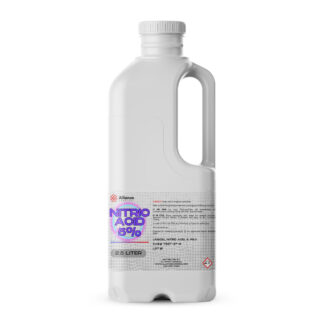 Nitric Acid 5%$45.00 – $950.00
Nitric Acid 5%$45.00 – $950.00 -
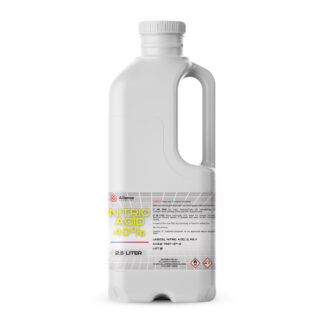 Nitric Acid 40%$65.00 – $1,700.00
Nitric Acid 40%$65.00 – $1,700.00 -
 Nitric Acid 25%$50.00 – $1,400.00
Nitric Acid 25%$50.00 – $1,400.00 -
 Nitric Acid 20%$50.00 – $1,500.00
Nitric Acid 20%$50.00 – $1,500.00 -
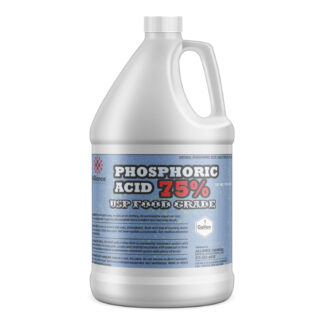 Phosphoric Acid 75% USP Food Grade$24.00 – $8,500.00
Phosphoric Acid 75% USP Food Grade$24.00 – $8,500.00 -
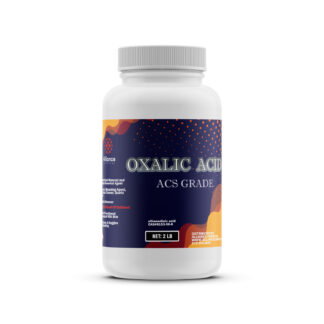 Oxalic Acid ACS Grade$29.00 – $4,979.64
Oxalic Acid ACS Grade$29.00 – $4,979.64





